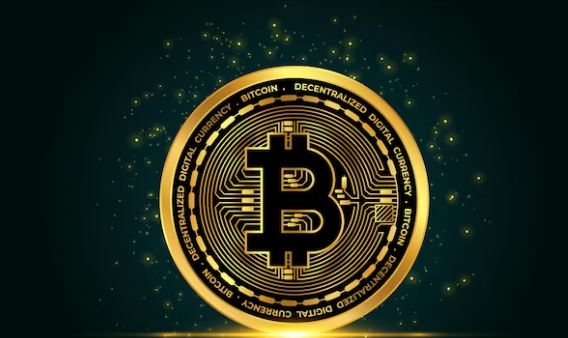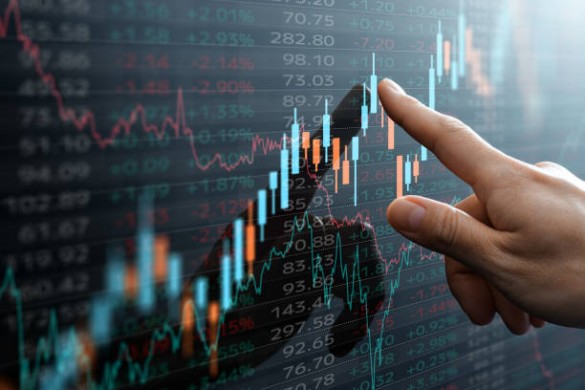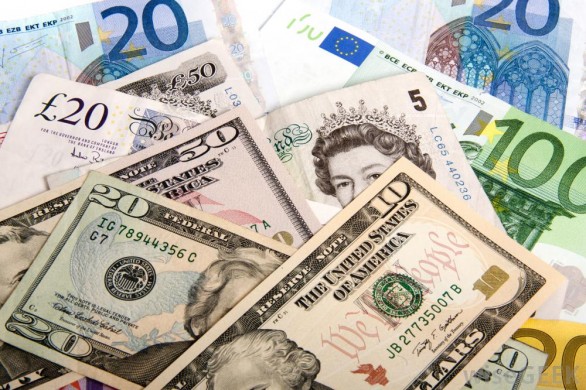The global financial system turned out to be not so stable after all, with hedge fund managers anticipating a recession in the United States, and yet the indices are still green. To be more precise, S&P 500 grew in a week by 1.4%, NASDAQ by 1.7%, Dow Jones Industrial Average by 1.2%, whereas DXY lost 0.25%.

What is going on? Why are investors not rushing from risky assets?
Curiously, they do. The thing is that capital is moving not toward traditional defensive assets, but toward the blue chips, such as Apple, Microsoft, Alphabet, and Amazon. Such an atypical rotation is the result of investors’ attempts to capitalize on a change in Fed rhetoric and falling US government bond yields.
According to Reuters, Megagaps also attract bets because of strong balance sheets, robust profit margins, and business models expected to hold up better if a recession hits. Now, the question arises, isn’t it too late to jump on the hype train?
Despite the size and “resilience” of the companies, a new round of bank failures in the banking sector could trigger investors to liquidate their positions at minimal levels and recompose their portfolios. Just as in 2020, the Big tech stocks could also plunge…
Another factor that investors should bear in mind is inflation. Should Friday’s data point to persistent inflationary pressures in the US, the Fed may be forced to step back from its dovish rhetoric. In other words, we could see even more rate hikes.
Finally, yet importantly, rising geopolitical tensions with China could also “cheer” the market. The decision to ban TikTok could result in the so-called Guochao (国潮) phenomenon. This is a trend based on consumer preference for locally produced goods.
Economic nationalism will cost companies like Apple and Nike billions of dollars. When it comes to potential beneficiaries, gold (XAUUSD) could surge above the $2000 level.

 Hot Features
Hot Features













